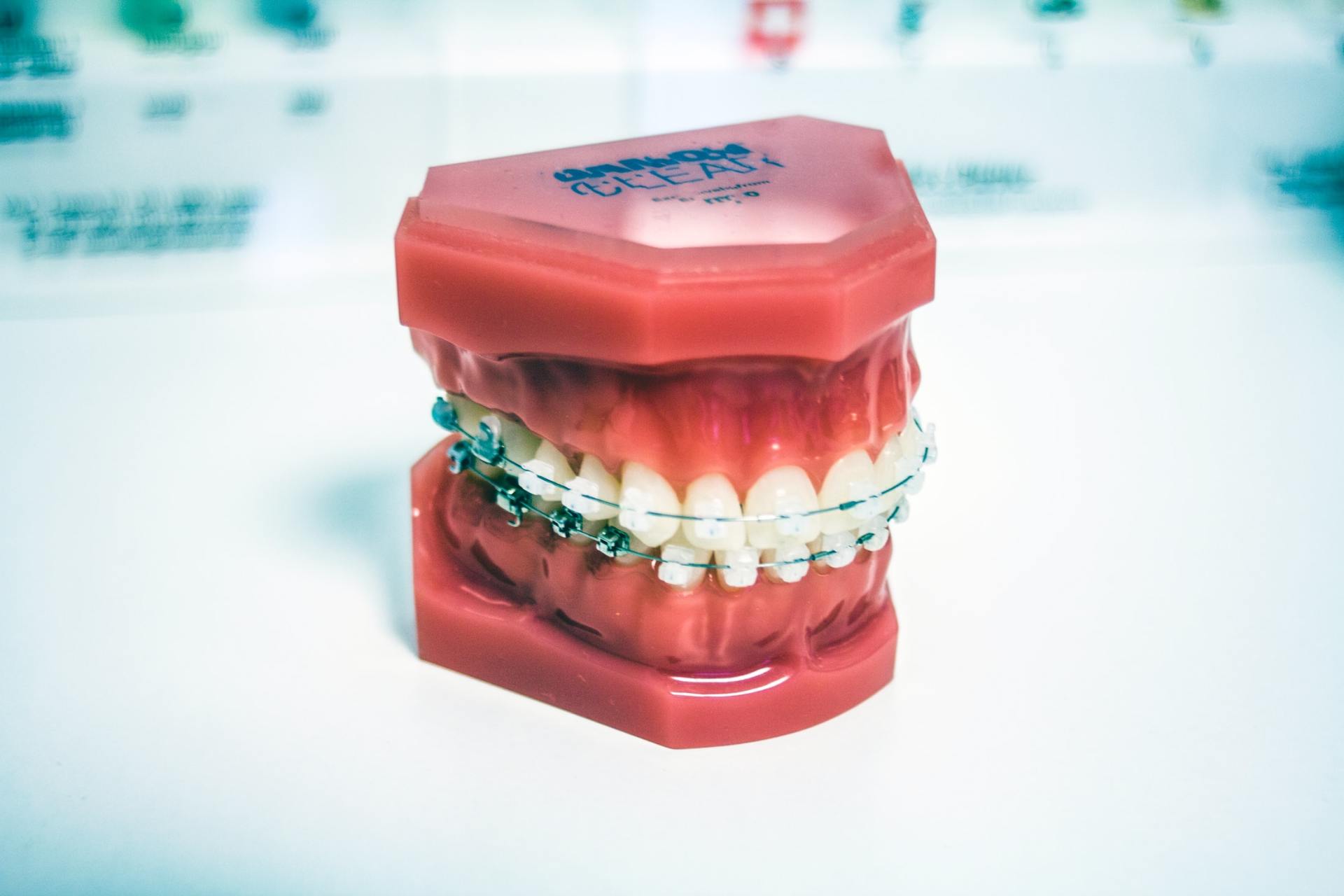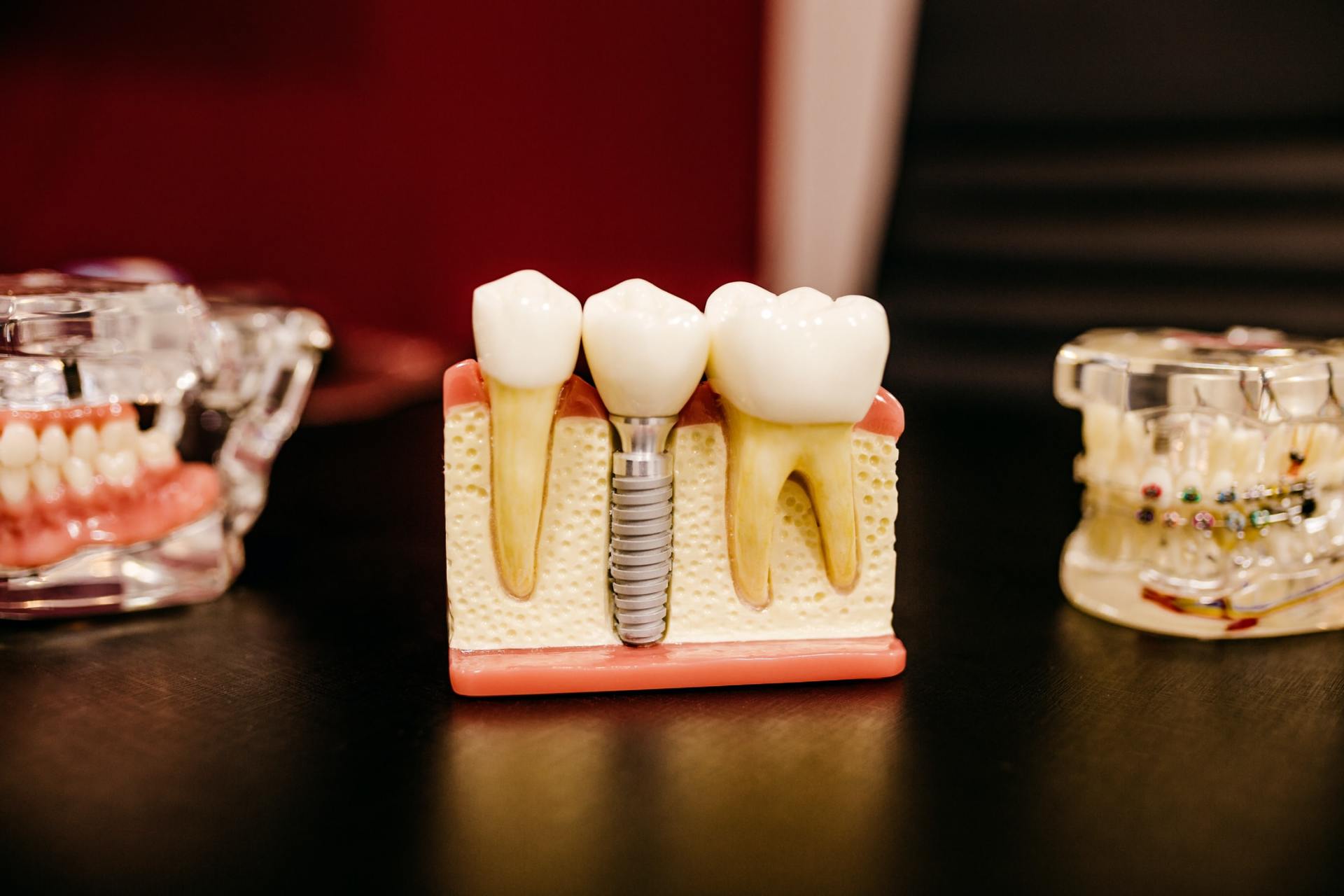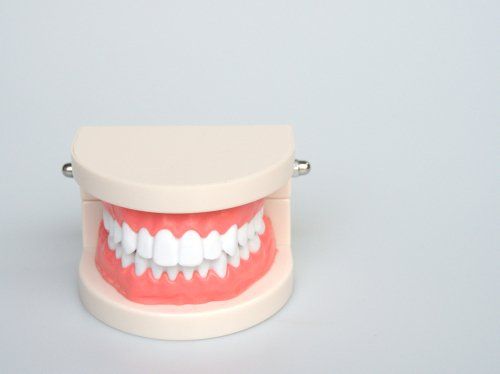Cosmetic Dentistry
Use of Dental Veneers in Cosmetic Dentistry
Cosmetic dentistry aims to correct those imperfections or alterations that affect oral esthetics. Although it is mainly focused on perfecting the smile of patients, it also seeks to ensure that the soft tissues surrounding the tooth, i.e. the gums, are healthy and in good condition.
The importance of cosmetic dentistry lies in the fact that, by bringing harmony to the patient's smile, it also achieves a balance between the elements that make up the oral cavity and the facial structures, thus improving the patient's overall appearance.
Among the reasons for which a patient's dental esthetics may be affected are:
· Dental caries.
· Trauma or fractures.
· Diastema, which is a space or gap between two adjacent teeth.
· Dental absences, whether they are due to dental extractions or congenital.
· Tooth discolorations due to the consumption of coffee, red wine or dark carbonated beverages.
· Alterations in the size and shape of the teeth, where they may be tilted to one side, front or back, or smaller than neighboring teeth.
· Gummy smile.
In addition to compromising masticatory function, phonation and esthetics, these alterations also affect self-esteem and can produce complexes and insecurities in those who suffer from them, thus affecting their quality of life and overall health.
There are several treatments carried out in order to improve facial aesthetics, these can be:
● Restorations with materials of high aesthetics and good properties of resistance and durability.
● Clinical or ambulatory dental whitening, in which substances are used to eliminate the pigmentations of the dental enamel.
● Fixed or removable prostheses, such as crowns, bridges, partial or complete dentures. These reproduce the structure of natural teeth, thus restoring function and esthetics.
● Dental implants, which have excellent esthetic properties and resistance to adequately reproduce the shape and function of lost teeth.
● Gingivectomy, which aims to achieve a more proportionate size of the tooth in relation to its length and width. To achieve this, the gingival margin is reshaped, thus increasing the height of the dental crown.
One of the most popular treatments in recent years are veneers, which correct discolorations, wear, trauma, diastema and alterations in the shape of the teeth.
Veneers are very thin layers that can be placed on the tooth directly or indirectly, and are located on the front surface of the front teeth. Depending on the way they are placed, they can be made of composite or porcelain.
Porcelain veneers are made to fit the patient's teeth by a laboratory technician, that is, they are made indirectly. They are then bonded to the tooth tissue by means of adhesive systems.
The advantages of porcelain veneers include the following:
-High esthetics in the long term, since ceramics allow a good transmission of light and achieve an excellent similarity with the natural tissues of the tooth, which is why they tend to go unnoticed.
-Good resistance to fracture, wear (they are resistant to attack by chemical substances, acids and solvents such as alcohol) and to pigmentation by coffee, tea and tobacco. The latter is due to the fact that the surface of the porcelain does not have micro porosities.
-Corrects occlusal deficiencies such as those generated in the presence of short teeth (microdontia) and / or alterations in the alignment of the teeth.
-Minimally invasive technique, and thanks to the new adhesive systems, the dental preparation to be performed for its placement is quite conservative.
-It helps to strengthen the remaining dental structure after a fracture, dental caries or in cases of wear due to bruxism (clenching and / or rubbing of the upper teeth with the lower teeth).
-It enhances the patient's self-esteem.
On the other hand, highly esthetic composite veneers are made by the dentist directly on the surface of the tooth. They are usually indicated when the correction to be made is not very extensive.
Among its advantages we have:
-It is a quick procedure, so they are performed in a single visit to the dentist.
-The procedure is easier and has the possibility of being corrected or reshaped if necessary.
-They have a lower cost.
-Good esthetic results.
-Minimally invasive treatment because it does not require extensive grinding of the tooth enamel.
Although it is an excellent option to change the color, shape and position of teeth, this technique has certain disadvantages in relation to ceramic veneers:
-They have a lower resistance to wear and tear and less durability.
-They require continuous maintenance.
-They are susceptible to pigmentation with the passage of time, especially in those patients who smoke or drink coffee or wine very frequently.
These treatments, when performed correctly, achieve beneficial changes in the color, shape and position of the teeth, favoring the esthetics and dental and facial harmony of the patient. They also achieve stability in the contact between the upper and lower teeth during closing and chewing.
The dentist will evaluate parameters such as the shape and size of the teeth, amount of healthy dental tissue available, shape of the face, sex and age to determine which procedure is the most appropriate for each patient.
whitenwithhyten.com - Digital Marketing By Smart Digital
* DISCLAIMER - We use text messaging to contact our patients. By entering your phone number, you consent to texts. Rates and terms apply. Text STOP to opt out.










